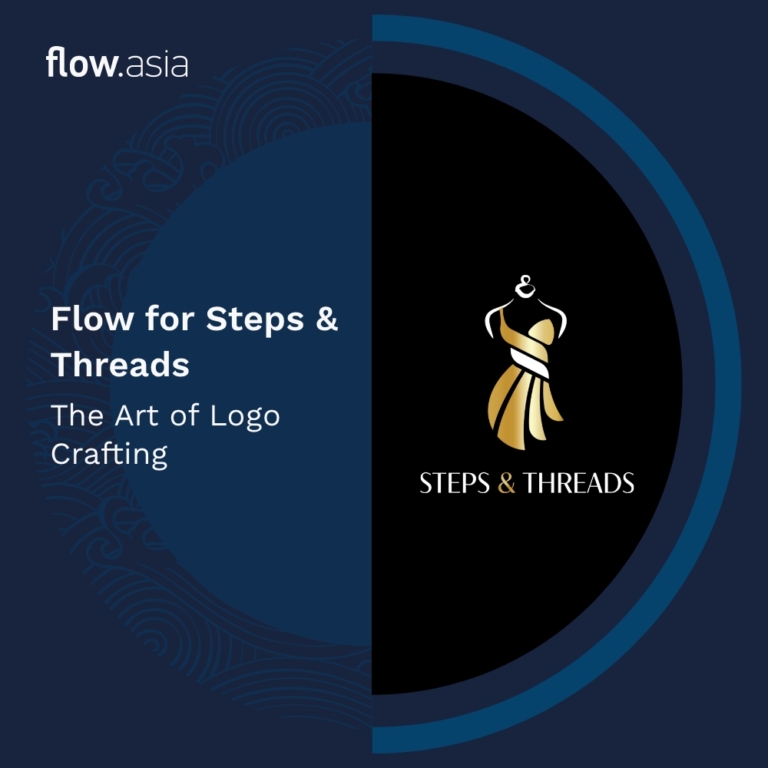

It’s Not Just Function — It’s Brand Premium in Action
If you’re a millennial in China shopping for a new appliance, three names probably come to mind: Gree, Midea, and Xiaomi.
You compare features. Price. Maybe even energy ratings. But chances are — you’ll still choose Xiaomi.
Why?
Because Xiaomi isn’t just selling a product. It’s selling a brand experience that feels young, smart, and aspirational.
That’s the power of brand premium (品牌溢价) — when people are willing to pay (or prioritize) a brand not because it’s the cheapest, but because it represents who they are or want to become.
Insight: In China, functional benefits get you into the cart. But emotional trust and lifestyle alignment seal the deal.
The “Back to Nature” Brand Paradox
One branding paradox that often plays out in China is what we might call the “have-your-kale-and-eat-it-too” dilemma.
It reminds me of a moment from The White Lotus Season 3: A wealthy guest signs up for a meditation retreat in a remote temple, chasing inner peace and spiritual clarity. But soon after arriving, she starts complaining that the vegetarian meals aren’t made with organic ingredients.
It’s peak irony — but it also mirrors what many lifestyle brands face in China:
Today’s consumers say they value nature, simplicity, and authenticity.
But they also want their camping gear to be premium-priced, beautifully designed, and social media–ready.
Insight: Chinese customers don’t just want functionality or raw nature — they want a curated version of it that aligns with their aesthetic, values, and social identity.
Cultural Affinity ≠ Cultural Sensitivity
A foreign influencer known for loving and promoting Chinese culture once acted as a translator for a visiting celebrity.
But in a few minutes, things went south:
- He casually called Chinese women “chick” on a Chinese streaming show — a clear display of cultural insensitivity.
- During a visit to the barbershop, the Chinese barber commented that the visiting celebrity’s hairstyle would take time because “the braiding process is complex.” The influencer translated it as “your hair’s a mess,” — turning a compliment into an unintended insult
- His tone carried a subtle sense of cultural superiority — even while expressing “admiration.”
The result? Public backlash, viral criticism, and thousands of lost followers.
Insight: Loving China isn’t enough. Cultural nuance, accuracy, and humility are essential. Localization without deep respect risks misfires — and once trust is broken, it’s hard to win back.
Closing Thought
Branding in China isn’t just about looking local. It’s about understanding the tensions that local consumers live with — modernity vs. tradition, simplicity vs. luxury, admiration vs. skepticism.
Your brand’s role? Be the one that navigates those tensions with grace, relevance, and integrity.






